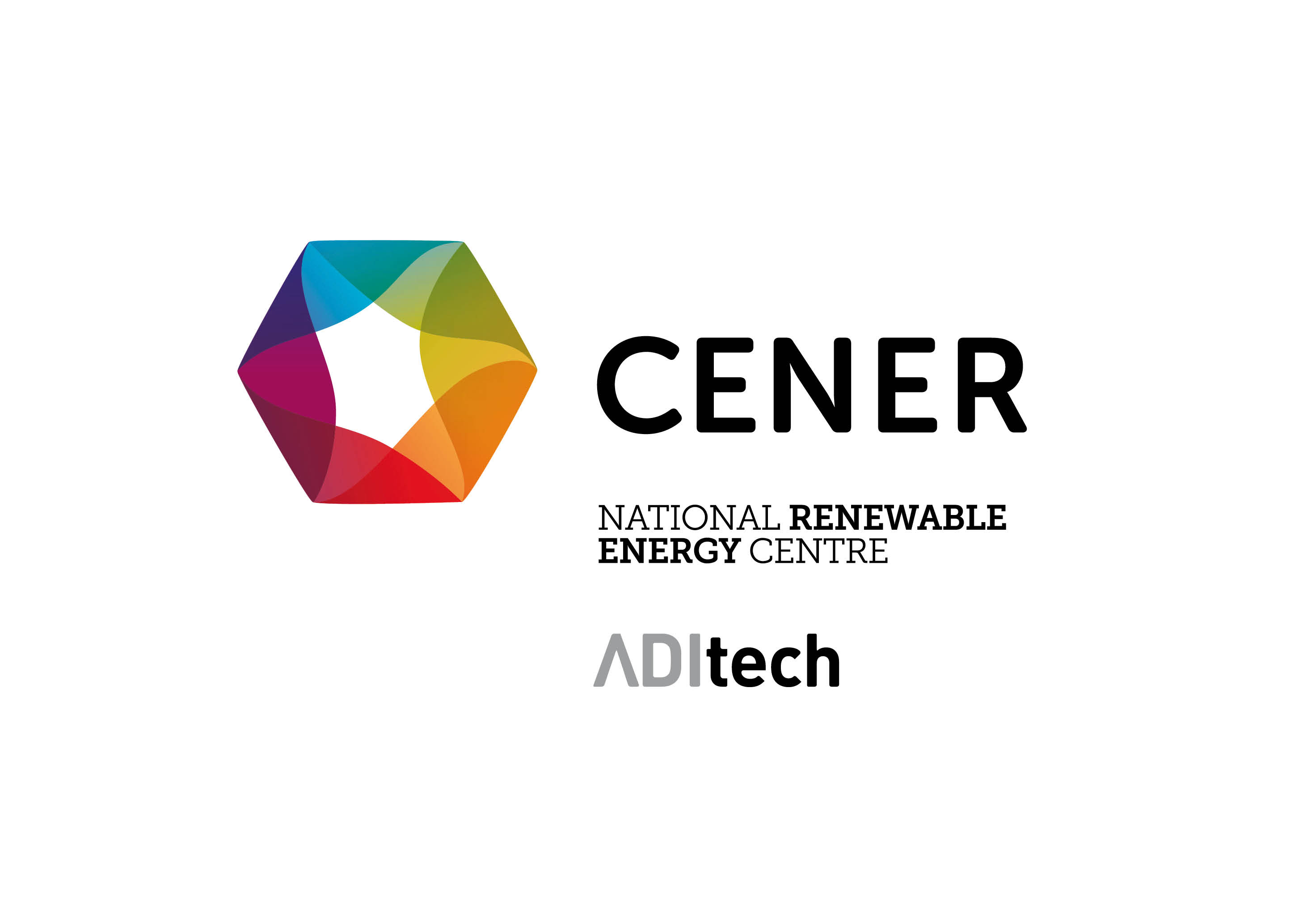BIO2C - Torrefaction Pilot Plant
Personal information

Type of Collaboration:Fee paying basisFunded collaborative projectJoint venturesNegotiable
What "non-technical" services relevant to scale-up does your organisation offer?:Life Cycle AssessmentProcess ModellingTechnoeconomic AssessmentNone
ASSET INFORMATION
Asset Information:
BIO2C - Torrefaction Pilot Plant
Raw Material:
Biomass - any
Process Stage:
Primary Processing
Technology:
Thermal or pressure pretreatment
Technology Area:
Pre-treatment
Scale:
Pilot
Additional Technical Information:
Development and application of torrefaction treatment on a broad range of materials, the pilot plant is very flexible regarding feedstock bulk density and particle size being able to process difficult fuels with very low bulk density and very high fines content: :
Biomasses, both:
Herbaceous: cereal straw
Woody: pine, poplar, beech, eucalyptus, pawlonia, olive tree pruning , etc.
Variety of organic wastes, including low density materials and materials with high content of fines and dust.
The torrefaction pilot plant (150 - 350 kg/h) consists of a rotary reactor with internal elements designed to achieve a good flow of biomass particles, to improve homogenization and to assure good heat transfer conditions inside it. Reactor heating is carried out externally through the wall and internally using thermal oil (250-300ºC) as heat transfer fluid. Pre-dried and crushed biomass is fed from one side of the reactor and flows to the other side while is heated up to temperatures in the range 240-310ºC to convert raw feedstock into thermally treated product.
The plant is very flexible regarding raw material particle size distribution (0,25-40 mm) and bulk density (50-500 kg/m3) including agricultural biomass like straw. It performs excellent mixing and agitation minimizing internal temperature gradients, easy temperature control, being able to cope with feedstock with exothermal heat of reaction, producing an extremely homogeneous product.
Combustible gases from the reaction are burned in a thermal oxidiser. Condensable compounds are sampled with an off-line sampling with water impingers in cold water. Water vapour content is quantified gravimetrically from the total condensate amount. The sample is characterized by a combination of chromatographic technics (HPLC-DAD, HPLC-RID, GC-FID y GC/MS). Non-condensable fraction is sampled in a gas bag and characterized by micro GC-TCD.
VIDEO pilot plant in operation: https://www.youtube.com/watch?v=qSzeXOrNTnQ
The capacity of the Pilot plant allows to:
Industrial processes Up-Scaling
Production Costs Optimization and Industrial Process
Biomasses, both:
Herbaceous: cereal straw
Woody: pine, poplar, beech, eucalyptus, pawlonia, olive tree pruning , etc.
Variety of organic wastes, including low density materials and materials with high content of fines and dust.
The torrefaction pilot plant (150 - 350 kg/h) consists of a rotary reactor with internal elements designed to achieve a good flow of biomass particles, to improve homogenization and to assure good heat transfer conditions inside it. Reactor heating is carried out externally through the wall and internally using thermal oil (250-300ºC) as heat transfer fluid. Pre-dried and crushed biomass is fed from one side of the reactor and flows to the other side while is heated up to temperatures in the range 240-310ºC to convert raw feedstock into thermally treated product.
The plant is very flexible regarding raw material particle size distribution (0,25-40 mm) and bulk density (50-500 kg/m3) including agricultural biomass like straw. It performs excellent mixing and agitation minimizing internal temperature gradients, easy temperature control, being able to cope with feedstock with exothermal heat of reaction, producing an extremely homogeneous product.
Combustible gases from the reaction are burned in a thermal oxidiser. Condensable compounds are sampled with an off-line sampling with water impingers in cold water. Water vapour content is quantified gravimetrically from the total condensate amount. The sample is characterized by a combination of chromatographic technics (HPLC-DAD, HPLC-RID, GC-FID y GC/MS). Non-condensable fraction is sampled in a gas bag and characterized by micro GC-TCD.
VIDEO pilot plant in operation: https://www.youtube.com/watch?v=qSzeXOrNTnQ
The capacity of the Pilot plant allows to:
Industrial processes Up-Scaling
Production Costs Optimization and Industrial Process
Address : Navarra Urbanización Área de Reparto Ar-331430 ES